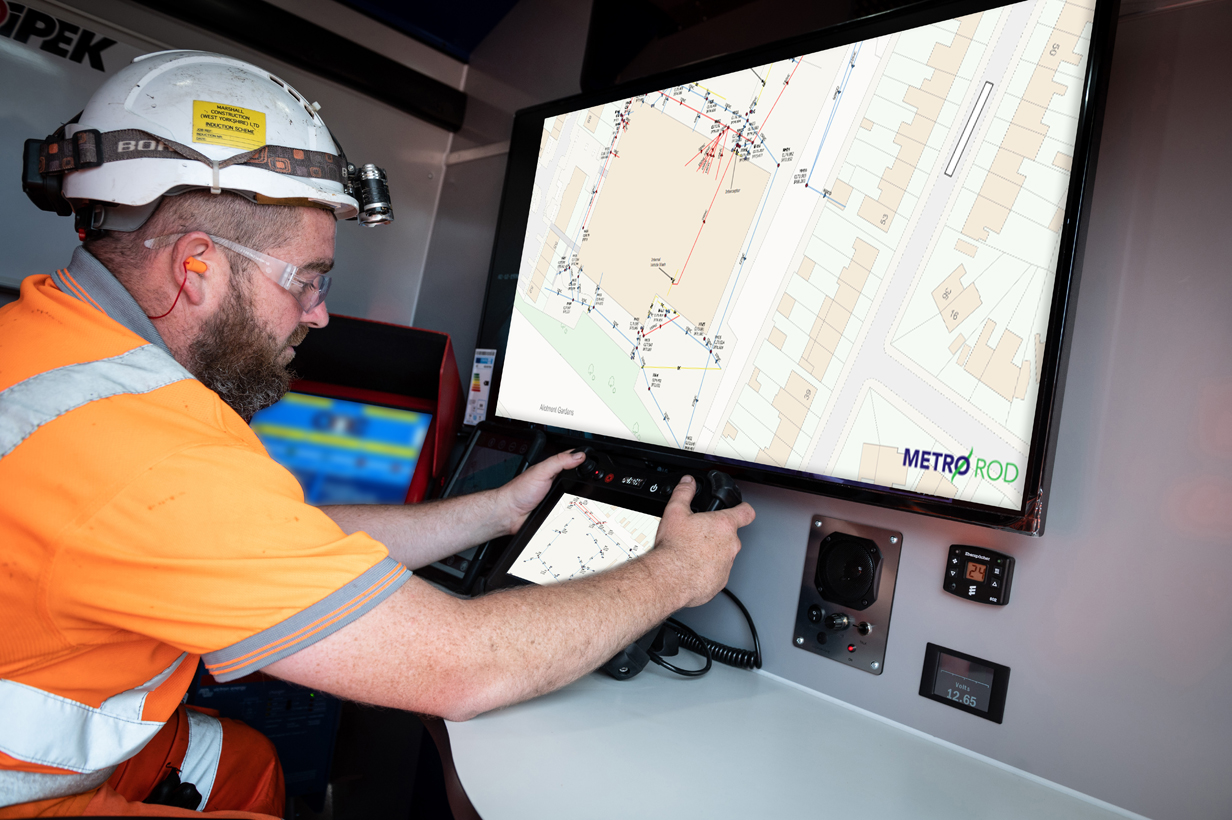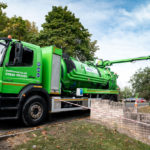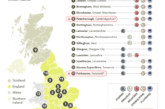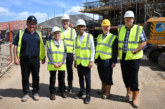 LABM speaks to Peter Molloy, Managing Director at Metro Rod, about the regulatory requirements governing drainage, the importance of carrying out regular surveys and inspections, and the services the company provides for councils and housing associations.
LABM speaks to Peter Molloy, Managing Director at Metro Rod, about the regulatory requirements governing drainage, the importance of carrying out regular surveys and inspections, and the services the company provides for councils and housing associations.
What are the main regulations governing drainage in the UK that local authorities and housing associations must comply with?
Peter: Building Regulations Part H centres on drainage and waste disposal and is relevant to every public and commercial building in the country. It shares details about how to safely discharge foul water, wastewater and rainwater, the separate systems within drains and how to manage buildings built over sewers.
Additionally, the Water Industry Act 1991 makes it a criminal offence for any building or organisation to discharge into public sewers any matter which may interfere with the free flow of wastewater. Furthermore, every commercial premises arranging collection and disposal of waste — including waste cooking oils and fats — must comply with the requirements of Section 34 of the Environmental Protection Act 1990 and the Environmental Protection Act (Duty of Care) Regulations 1991.
In terms of local authorities specifically, Section 59 of the Building Act 1984 enables a local authority to require satisfactory provision for drainage of an existing building by service of a notice on the owner. A local authority’s environmental health department should deal with any reported complaints of ‘statutory nuisance’ such as smells, effluents, accumulation of refuse or any premises in such a state that could be prejudicial to health or a nuisance.
How important is it to carry out regular drainage surveys and inspections?
Peter: It’s absolutely vital. None of us can ever truly know what is going on underground where drains are situated, without inspection. Fatbergs, tree roots, broken pipes and more, all have the potential to cause major infrastructural issues if left for too long without being resolved, and repairs can cost thousands of pounds. CCTV drain surveys conducted on a regular basis can spot any potential issues before they arise, meaning property owners and local authorities can better plan for important maintenance. This will reduce repair costs overall, minimise the impact on their neighbourhoods and improve their reputation with residents and tenants.
What are the different types of surveys available and what do they involve?
Peter: For a site to be fully compliant, it’s vital that a drainage map, or asset map, is produced so local authorities can understand where effluent is discharged. It’s an essential tool in developing a waste management and flood management plan. Unless there is a large extension built at a particular site, it’s unlikely the drains are ever going to change so once this job is done, it won’t need to be carried out again.
A CCTV drain survey can also be used to understand the condition of the drains and detect problems before they have the chance to become costly, inconvenient issues. A CCTV drain survey can also be used to find the cause of re-occurring blockages and damaged pipes.
What is drainage mapping and how can it help with flood management?
Peter: Asset maps go hand in hand with CCTV drain surveys — but asset maps provide even greater detail on the drains beneath a site. An asset map will be cross-referenced with an ordnance survey to provide a map of the drains and give an accurate indication of the depth, latitude and longitude of each drain within a 2cm accuracy. Should a spill happen on-site, an asset plan can be drawn upon to understand how any auto shut-off valve or containment will be put into effect to prevent any effluent from entering the drains.

What services do you offer to social housing providers?
Peter: We understand the drainage challenges and demands that social housing organisations face on a daily basis. Managing a portfolio of properties can be really difficult, juggling multiple requests and responsibilities all at once — so when a provider receives a call from a tenant telling them there is a blocked drain or burst pipe, it can disrupt their usual day-to-day activity, which can then impact other residents.
From keeping tenants happy to reporting on the frequency and cost of maintenance services, our expertise in the social housing industry is extensive, and allows us to tailor our approach to suit the needs of each customer.
We have one of the broadest portfolios of services of any national drainage contractor, including:
- Clearing blocked drains
- CCTV drain surveys
- Gutter clearance
- Drain repair
- Septic tank emptying and management
- Soil stack cleaning and maintenance
- Pre-planned maintenance
- Sewage pump station maintenance and installations
- Tanker services
- Wastewater treatment plant maintenance and installation
We have more than 500 qualified drainage engineers nationwide, meaning we have the resources to offer fast response times, high-quality service and 24/7/365 availability.
What are the most common drainage problems you encounter working with local authorities and housing associations?
Peter: Typically, the main issue we see is overflowing or slow-running drains. This is usually caused by blockages, from materials like fats, oils and grease, which cause a build-up of substances that stems the natural flow of water. We also find that blockages are caused by misuse and abuse when people dispose of non-flushable items such as wet wipes down the drain. All of these issues lead to foul-smelling drains and should be reported as soon as possible to avoid further damage to infrastructure and properties.
How is the adoption of new technologies shaping Metro Rod’s solutions and services for social housing providers?
Peter: Technology is at the centre of our lives today, and its capabilities in every sector advance at an incredible pace. New technology within drainage often comes with the benefit of improved speed of survey or repair, and the ability to provide customers with insight on the cause of re-occurring blockages. We capture this data on behalf of our customers and share it through bespoke reporting software, detailing areas of overspend or anticipated challenges to give customers the knowledge to make informed decisions. As such, we embrace technology and how it enables us to broaden our portfolio of services. We embed ourselves in the innovations taking place within the market and for any innovative ideas we have of our own, or technologies we adopt, we develop training courses and present them to CABWI for accreditation to demonstrate their relevance, currency and quality.
For more information on Metro Rod and its services is available here www.metrorod.co.uk










